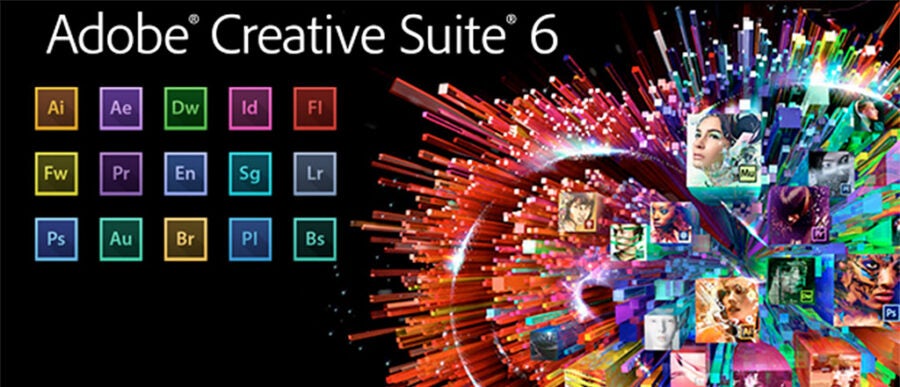Wharton experts see both as smart responses from an agile company in an evolving market. “It’s a tweak to a business model. But it is a natural progression,” says Wharton marketing professor Peter Fader. “The whole idea of s-commerce or subscription-commerce is becoming increasingly popular. Plenty of other software providers have made moves in this direction or spoken about it (e.g., Oracle and SAP). You don’t tend to see it quite often at such a high price point, but it is no less sensible at that price point than it is for more mundane items and services.”
For Adobe, s-commerce could mean more than a marketing play. The company is still smarting from losing a battle last year with Apple. Late Apple CEO Steve Jobs banned Adobe’s Flash multimedia platform from Apple iOS devices, calling it unreliable, insecure and a battery suck. Adobe countered Apple’s claims, but last November the company announced that it would cease developing the media player for mobile devices and instead focus on the HTML5 technology that Jobs championed. The company last year also shuttered a business unit aimed at information technology departments and overhauled the business model for its Creative Suite software, as a Wall Street Journal article recounts. “If you’re going to make a left shift, you don’t increment your way there,” Adobe CEO Shantanu Narayen told the Journal.
Wharton new media director Kendall Whitehouse says “it’s worth noting how flexible Adobe Systems has been in terms of both product focus and business model over the past 30 years.” He recalls the company starting by selling its PostScript software to printer manufacturers even when that was not in its original business plan. The firm then expanded to become a shrink-wrapped desktop software company with programs including Illustrator, Photoshop and Acrobat, before further growing to offer web development tools, mobile solutions and enterprise product offerings. (Adobe co-founders Charles Geschke and John Warnock recounted the firm’s evolution in interviews with Knowledge at Wharton in 2008 and 2010, respectively.)
“This latest repositioning — focusing on integrating desktop, mobile and cloud technologies and offering a subscription-based pricing plan — is only the latest evolution of the company,” says Whitehouse. In a 2011 Knowledge at Wharton article after Adobe announced its Creative Cloud plan, Wharton legal studies and business ethics professor Kevin Werbach noted that “the old model of selling software in a box or [through] an enterprise server license and then charging for periodic upgrades has been disrupted.”
Adobe’s resolve to more actively sell its design tools to marketing departments at companies also seems to be a sound business decision, according to Fader and Whitehouse. But Fader doesn’t read the move as a reaction to the Flash debacle or “a desperate move” to boost revenues. In fact, “it’s much tamer than that … and a sensible way to change the nature of the relationship,” he says.
Whitehouse, too, suggests that Adobe’s “focus on marketing makes sense.” But he doesn’t see that as an easy game. “Of the various approaches Adobe has taken over time, perhaps the most challenging has been the company’s attempts to become an enterprise software company,” he notes. “Becoming a large-scale enterprise software and services company is a difficult transition for a consumer-based software company. All the same, the renewed focus on marketing takes advantage of Adobe’s enterprise offerings while staying close to the designer/creative ‘prosumer’ [professional consumer] customer the company knows well.”
Adobe expects customers to move to subscriptions gradually but has still warned investors that its growth will suffer as it changes to the new model, according to the Journal report. But Fader isn’t worried about that. “To [Adobe’s] credit, it is a much more broadly diversified company than most people think,” he says.
Fader sees Adobe’s business as one where companies are going to win some and lose some. “It’s a portfolio play and not everyone can be a perfect market capturing sensation,” he notes. “Overall, I’m upbeat about their future. They have a lot of good products and services in the pipeline.”



